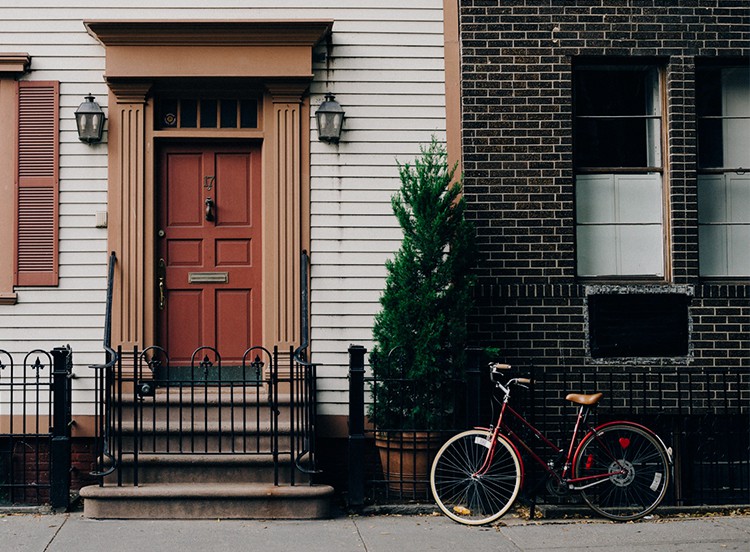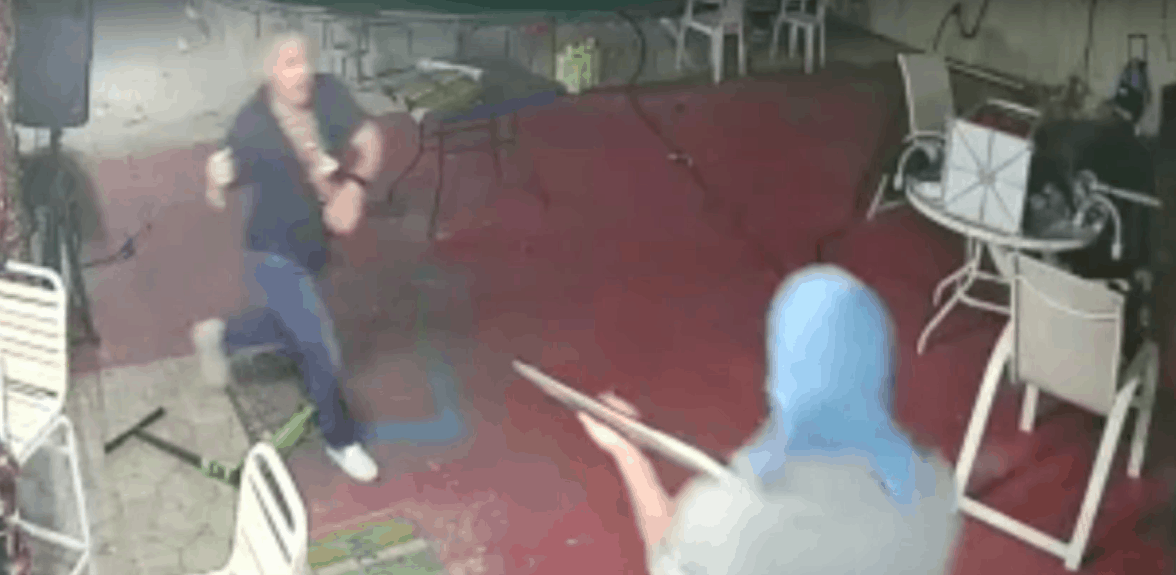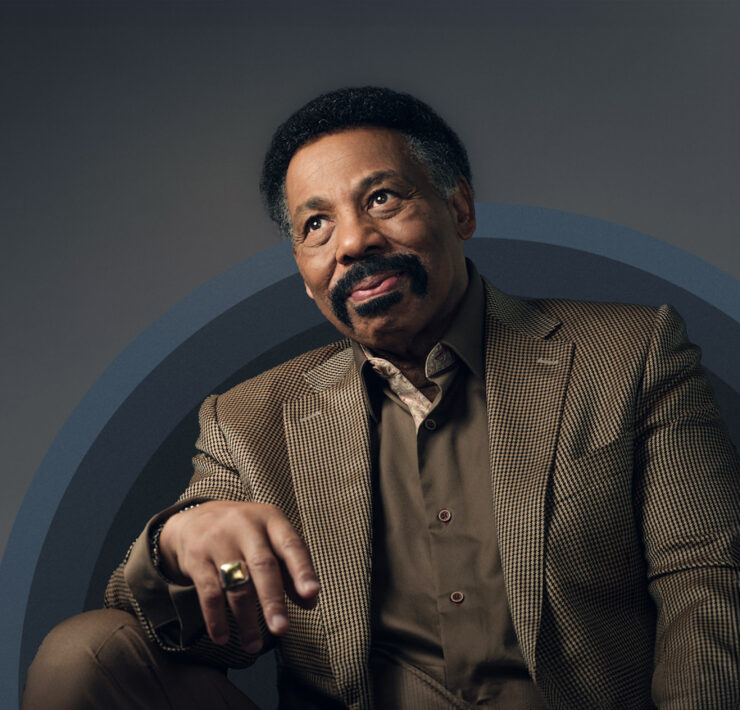
America’s torrid immigration debate leaves us confused, frightened and anxious. For many of us, our families face a fear of cultural change, violence and job loss. These fears cannot and should not be dismissed.
These are fears that must be acknowledged, addressed and, over time, allayed. To do so means we must question our own assumptions, step outside our comfort zones and meet people where they are—but also not leave them there.
Over the past two years, as the immigration debate has reached a fever pitch, many of us have come to realize our child’s best friend is from Central America, the family sitting next to us in church is from Eastern Europe and the beautiful home down the street is owned by a refugee family from Asia.
Some of the immigrants we have come to know and love are documented. Others are not. The immigration debate is not “out there” in Washington, D.C., but in our neighborhoods, schools and churches.
Now, many of us ask, “What can I do to love immigrants?”
We do not have to be experts in immigration policy. In my time as executive director of the National Immigration Forum, and as I researched and wrote my new book—There Goes the Neighborhood: How Communities Overcome Prejudice and Meet the Challenge of American Immigration—I’ve learned that we must help each other navigate the tension between wanting to be a welcoming community and a law-abiding community.
To help each other live in this tension, here are five simple things we can do to love immigrants and refugees in our communities:
Learn the facts.
We are encouraged to believe the loudest and most emotional voices in the mix. The challenge is to find a source of information based on reasoned thought, not rancor. The facts point to the economic and social value immigrants and refugees bring to our communities. If you totally want to nerd out, read recent reports by panels of National Academies of Sciences, Engineering and Medicine academics on the economic and fiscal consequences of immigration and the integration of immigrants into society.
Help an immigrant or refugee learn English.
When immigrants come to the U.S., one of the first things they want to do is learn English. They know the fastest way to the American dream, for themselves or their children, is to integrate into American society. Take some time to volunteer at your church or community organization to help an immigrant family learn the language and adjust to their new home.
Invite a refugee family over for a meal.
I sat down with churches across the country to learn more about how communities were welcoming immigrants and refugees to their communities. In nearly all of my conversations, I learned of courageous and thoughtful efforts to welcome immigrants into the community. As grateful as immigrant families were, there was one step missing: People wanted to be invited over for a meal. Break bread with a family who came from somewhere else. Invite them over for the Super Bowl; maybe they will invite you over for the World Cup.
Visit an immigrant church.
Immigrants are planting churches in communities across the nation. From new Hispanic churches in South Carolina to Iraqi churches in Michigan to churches serving farmworkers in rural Eastern Washington, these Christians are welcoming families, caring for the poor and serving the broader community. Take a minute to visit an immigrant church, whether it’s around the corner or in the next town over.
Tell your immigrant story.
One of the most powerful ways for us to love immigrants is to share our own immigrant story; a story the overwhelming majority of us have to tell. The Tenement Museum in New York City is an incredible space to learn about how immigrants came to the U.S. in the 20th century. They have launched a new campaign, Your Story, Our Story, featuring objects that capture the immigrant experience. The project uncovers the patterns that bind us, no matter where we came from or how long we’ve been here. Upload an object that carries meaning for your own family, and join the museum in telling the story of American immigration.
At the end of the day, to love an immigrant isn’t simply to be a good neighbor; it’s often also to love a brother or sister in Christ.
Russell Moore, president of the Ethics and Religious Liberty Commission of the Southern Baptist Convention, put it best when he told me last year, “My primary identity is in Christ. So when I’m standing up for Hispanic immigrant communities or vulnerable Asian first-generation Americans, I’m not kind of crossing a boundary here. These are my people because these are brothers and sisters in Christ.”
For me, whether it is the refugee family from Syria settling in Spartanburg or the immigrant from Guatemala settling in Georgia, we have a responsibility to see them as human beings with dreams, aspirations, fears, anxieties. Just like anyone else we love.






















